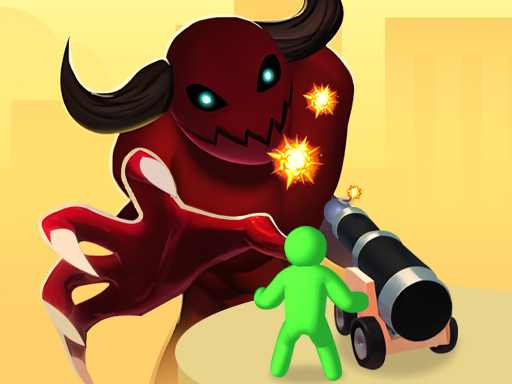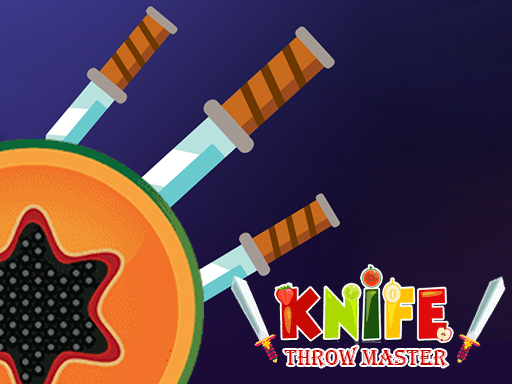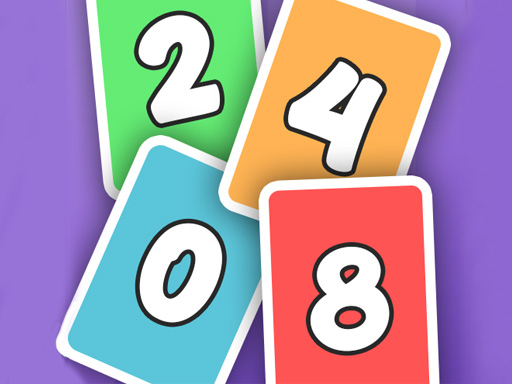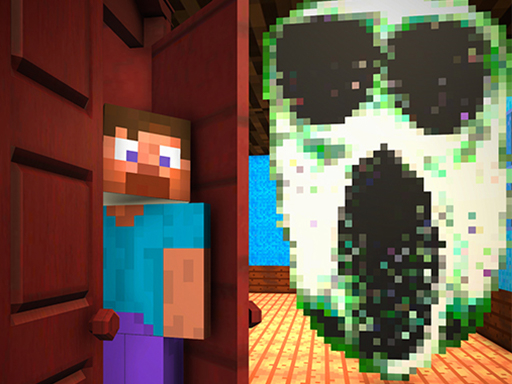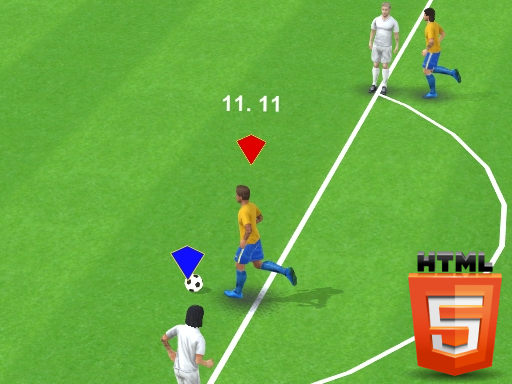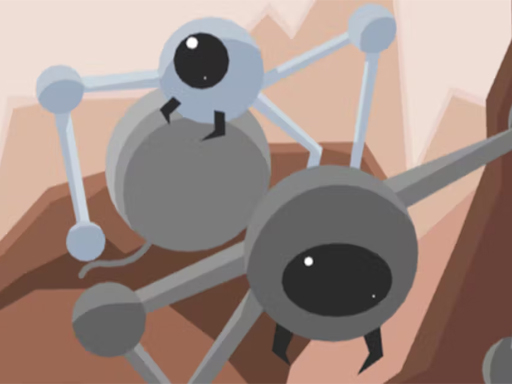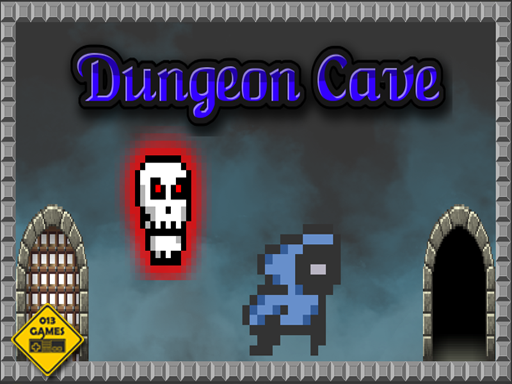HTML5 games have become a staple of casual gaming, providing an easily accessible and versatile platform for millions of players worldwide. Whether you’re playing on your computer, smartphone, or tablet, HTML5 games allow for seamless gaming experiences without the need for large downloads or installations. But what many players don’t realize is that there are hidden gems, quirky mechanics, and lesser-known features in HTML5 games that can truly enhance the gaming experience. Let’s dive into some of the best-kept secrets in HTML5 games, from hidden Easter eggs to surprising gameplay mechanics.
1. Unlockable Content in Popular HTML5 Games
The Secret:
Many popular HTML5 games hide unlockable content, whether it’s extra characters, special levels, or new gameplay modes. These hidden features aren’t always apparent at first glance and might require you to meet certain in-game milestones or perform specific actions to unlock them.
Examples:
- Slither.io: Beyond the basic gameplay of eating pellets and growing your snake, there are special skins that can be unlocked by either reaching certain milestones or by typing in hidden codes.
- 2048 (The Game): If you combine the number tiles in a specific way, you can unlock a variety of new modes, such as the "3D Mode" or "Hexagonal Grid." These modes make the game more interesting and challenging.
Why it’s a secret:
Many players don’t realize that these unlockable items exist because they aren't always mentioned explicitly in the game or tutorials. It often takes exploration, trial and error, or even Google searches to discover these hidden elements.
2. Easter Eggs and Secret Codes
The Secret:
Easter eggs are hidden surprises placed by game developers, often as a playful nod to the gaming community. HTML5 games are no strangers to these, and some even have secret codes or inputs that unlock funny animations, characters, or features.
Examples:
- Google Chrome's Dino Game: If you’re playing the offline dinosaur game that appears when you lose your internet connection, pressing the spacebar starts the game. But did you know you can make the dinosaur jump higher by holding the spacebar longer? There’s also a night mode hidden in the game where the colors change!
- GeoGuessr (HTML5 version): Players who visit certain obscure locations or certain areas on the map will uncover “secret” trivia or historic facts embedded by the game creators. While not strictly an Easter egg, this feature adds a fun layer of depth to the game.
Why it’s a secret:
Easter eggs are often designed to be discovered accidentally, so they’re meant to be surprising and hidden. They can also be game developer jokes or obscure references, and uncovering them feels like finding a rare treasure!
3. Hidden Multiplayer Features
The Secret:
Though HTML5 games are mostly known for their solo gameplay experience, many games actually have hidden multiplayer or co-op modes that aren’t immediately visible on the main screen. Sometimes, these multiplayer features are tucked into the game’s settings, or they may only become available after certain conditions are met.
Examples:
- Little Alchemy 2 (HTML5 Version): While the game is primarily about combining elements to create new objects, you can share your in-game creations with friends or challenge them to complete their own unique combinations. This hidden social feature makes it fun for players to interact with each other beyond the standard gameplay.
- Wormax.io and Agar.io: While these games have clear multiplayer elements, some versions allow for more team-based play where you can create alliances and coordinate strategies with other players without it being immediately obvious.
Why it’s a secret:
The multiplayer mode or co-op feature may not be highlighted during the game’s introduction or tutorial. It may require players to discover it on their own, either by navigating through the menu or through experimentation.
4. Speedrun Potential and Hidden Glitches
The Secret:
Many HTML5 games are designed with speedrunning potential, but not every player is aware of how glitches and unintended mechanics can be used to finish the game faster. These glitches are often found by dedicated players or those exploring the game in unexpected ways.
Examples:
- Super Mario Bros. HTML5 Version (Remake): While not an official release, HTML5 versions of retro games like Super Mario Bros. often have small glitches or physics anomalies that players can exploit to skip large portions of the game.
- QWOP (HTML5 version): The infamous QWOP game, where players control a runner using only four keys, hides a ton of potential for "speedrunning" or glitch exploitation, where players find ways to move the character in ways unintended by the developers.
Why it’s a secret:
Glitches and exploits are often not intended by the developers, so they’re hidden and may take a lot of practice to uncover. Additionally, speedrunning communities often find these secrets and share them with others, but they might go unnoticed by casual players.
5. Customizable Game Modes and Modding Capabilities
The Secret:
Many HTML5 games allow for a degree of customization that most players don’t realize. Some of these games have hidden or unofficial modding capabilities that allow you to change game rules, characters, or even the environment.
Examples:
- Diep.io (HTML5): Players can modify their tanks using various strategies and settings, but there are also unofficial "mods" that enhance the game or provide additional features. These mods are often developed by the community and can give the game a new feel.
- Bloxorz: Some HTML5 puzzle games like Bloxorz have hidden or unlocked difficulty levels. If you modify certain parameters, you can unlock endless difficulty levels or more complex puzzles than those presented at the beginning.
Why it’s a secret:
Customizable modes and mods are often community-driven or hidden behind specific user actions. Some games don’t openly advertise these features but may offer the option for players to tinker with the game if they know where to look.
6. In-Game Achievements and Hidden Challenges
The Secret:
Achievements in HTML5 games are often hidden and not always immediately clear. Some games have special in-game challenges or trophies that can only be unlocked under certain conditions—conditions that might not be directly explained within the game.
Examples:
- Cookie Clicker (HTML5): While this game is about accumulating cookies, there are dozens of hidden achievements and challenges that require very specific in-game actions or a certain amount of time to unlock.
- The Impossible Game (HTML5): This classic challenging platformer hides secret levels or difficulty modifiers that players can unlock by completing certain feats or achieving certain scores.
Why it’s a secret:
Games often hide achievements or challenges to give players a sense of discovery. These secrets add replayability and give players something to strive for, even if they don’t realize it initially.
7. Progressive Storytelling and Hidden Lore
The Secret:
Some HTML5 games contain rich, hidden lore that is unlocked gradually through gameplay. Developers may embed small story details or plot points that players can uncover by exploring the game’s environment or completing certain challenges. These narrative gems are often tucked away from the main game flow and can create a deep sense of immersion.
Examples:
- The Night Cafe (HTML5): In some puzzle games, like The Night Cafe, players can unlock hidden narrative elements by solving puzzles in a specific order or finding secret items. These small clues add depth to the game world and create an underlying story.
- Gris (HTML5): While not entirely hidden, some puzzle-platformers have subtle environmental storytelling elements that players may overlook unless they’re paying close attention. These can reveal backstory or provide context to the game's themes.
Why it’s a secret:
Hidden lore is often designed to be a reward for curious players who want to dive deeper into the game world. These elements aren’t always mentioned upfront, making them an exciting discovery for those willing to explore beyond the obvious.
Conclusion
The world of HTML5 games is filled with hidden secrets, from Easter eggs and unlockable content to multiplayer surprises and glitches that open up new ways to play. These secrets offer players an extra layer of depth and enjoyment, rewarding curiosity and exploration. Whether you’re seeking competitive advantages or simply looking for some hidden fun, these best-kept secrets in HTML5 games make the experience even more engaging and exciting. So the next time you load up your favorite HTML5 game, remember that there's more than meets the eye—you might just uncover something amazing!
